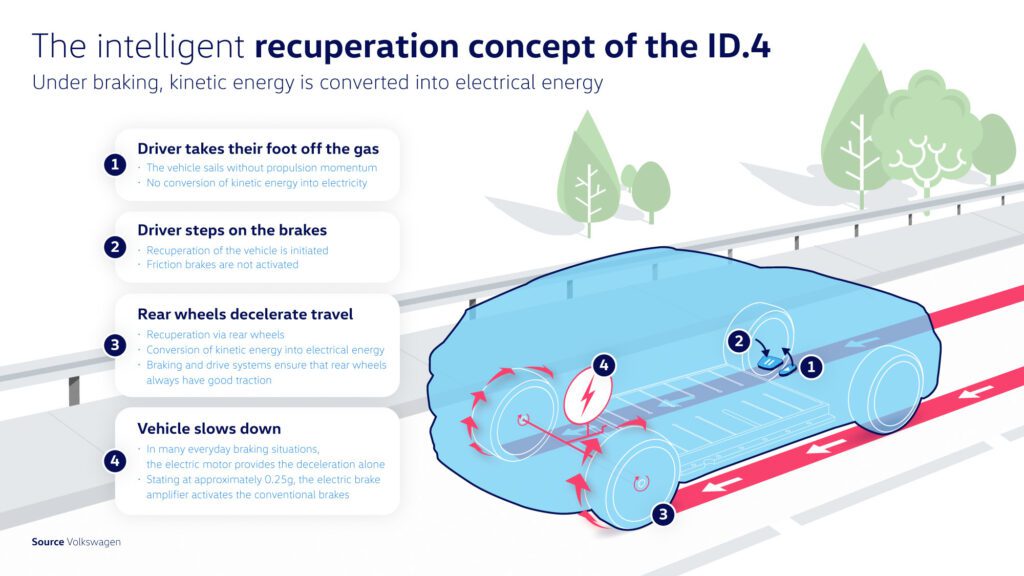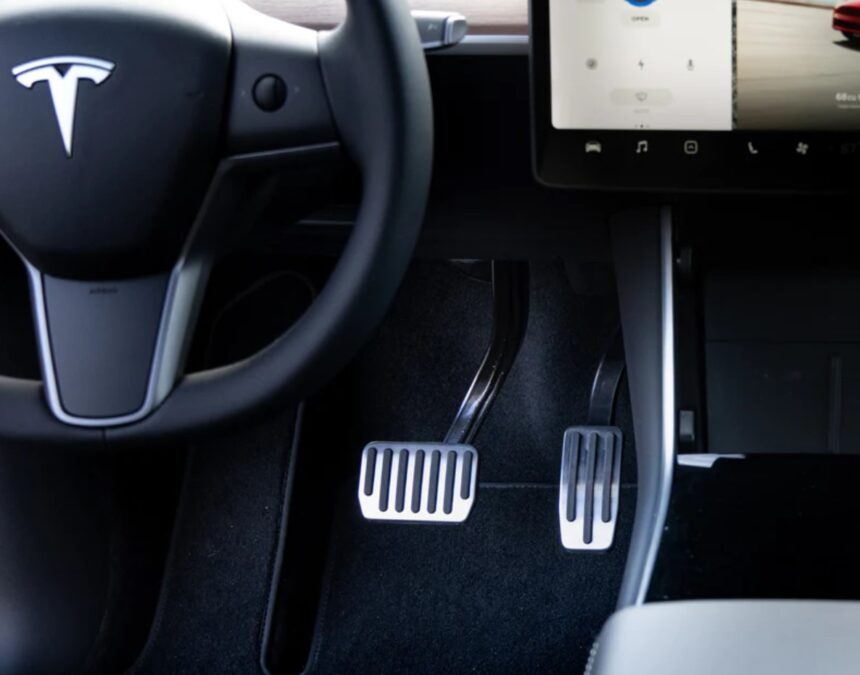Tesla’s recent attempt to change people’s habits of accelerating and braking has faced a setback. In an announcement, Tesla stated that it would recall a total of 1.1 million vehicles in China, including imported Model S, Model X, and Model 3 produced from January 12, 2019, to April 24, 2023, as well as Chinese-made Model 3 and Model Y.
However, unlike traditional recalls, these vehicles do not need to be taken to a service center. Tesla will instead carry out the recall through online software updates. Some owners have already received notifications about the recall, with instructions to wait for the new software version to be pushed and then download and install it.

Although the recall is being conducted through an over-the-air (OTA) update, it remains significant. In January 2021, Tesla implemented a software upgrade that changed users’ driving habits, mandating the use of the single pedal mode.
Challenging Established Driving Habits
With traditional vehicles, drivers need to use two pedals: the accelerator pedal for starting and accelerating, and the brake pedal for slowing down and stopping.
In Tesla vehicles, the two pedals are still present, but in single pedal mode, owners can accelerate by pressing the accelerator pedal and achieve deceleration by releasing it, harnessing the power of regenerative braking. This eliminates the need to frequently use the brake pedal for low-speed driving.

When the Tesla owner releases the accelerator pedal, regenerative braking kicks in, reversing the motor to charge the battery while slowing down the vehicle using its inertia. This feature not only increases the range by 8%-15% but also reduces wear on the brake pads. Tesla CEO Elon Musk takes pride in this invention, stating that “Tesla owners will never need to replace brake pads.”
It’s worth noting that regenerative braking is not unique to Tesla; all electric vehicles can achieve it. The ID series electric vehicles by Volkswagen, for example, employ regenerative braking when the brake pedal is pressed, retaining the traditional driving habit.

Similarly, mainstream Chinese electric vehicle brands like BYD, NIO, and Xiaopeng also incorporate regenerative braking into the accelerator pedal, but they retain the traditional driving mode by default and allow owners to manually adjust the intensity of regenerative braking.
Previously, Tesla allowed owners to choose whether to use the single pedal mode. However, after the January 2021 software upgrade, all Tesla vehicles could only operate in single pedal mode.
For owners who prefer the traditional pedal controls, they would need to have received their vehicles before January 2021 and refrain from further software updates.
Controversies and Accident Investigations
The combination of regenerative braking and the accelerator pedal creating significant braking effects goes against a century of driving habits and increases the risk of accidents caused by unintentionally stepping on the accelerator.
Many automotive engineers argue that Tesla is challenging the established driving habits of users, which could lead to severe consequences in emergency situations.

Tesla has been involved in controversies regarding “brake failure,” and a significant number of accident investigations are related to the single pedal mode.
In the United States, where Tesla sells the most vehicles, over 200 vehicle owners have complained about their cars unexpectedly accelerating and experiencing brake failures. Between 2014 and 2022, a series of accidents resulted in 175 fatalities.
After a year-long investigation, the National Transportation Safety Board found that over 90% of drivers did not apply the brakes during accidents, and over 85% of drivers pressed the accelerator. However, the board did not classify this feature as a defect in Tesla’s products.
After all, humans are prone to making mistakes, and one of the responsibilities of a machine is to prevent human errors rather than increase the likelihood of them.
Editor
Redundant Braking System Design
Regarding the braking system, Tesla, like most car manufacturers, has implemented redundant designs to ensure that drivers can bring the vehicle to a stop in emergency situations. The brake pedal, like in most cars, is electronically controlled and benefits from electric assistance, requiring less force to apply the brakes. Even if the electronic control fails, pressing the brake pedal forcefully will activate the mechanical brakes.
There is also a mechanism in place to prevent unintentional pedal application. If a driver simultaneously presses the accelerator and brake pedals in panic, Tesla’s system will only execute the braking command.

Lastly, Tesla vehicles are equipped with cameras that activate automatic braking when a frontal collision is detected. This feature is enabled by default upon vehicle startup and does not require manual intervention.
Potential Impact on Driving Habits
However, the data also reveals the potential impact of changing driving habits.
The National Transportation Safety Board’s report states that over half of the cases involving pedal misapplication occurred with Tesla vehicles driven by owners who had owned the cars for less than six months. These tragic incidents are likely a result of drivers not being accustomed to Tesla’s handling characteristics.
Tesla’s Approach and Responsibility
Tesla has provided owners with a power system that does not have mechanical defects but is prone to human error. Additionally, users are not given the choice to opt-out of the single pedal mode, increasing the risk of mistakenly treating the accelerator as the brake, thus posing a safety hazard.
According to the announcement, Tesla will introduce three new features as part of the recall: offering an option for driver-selected regenerative braking intensity on vehicles that do not currently have this capability, adjusting the default regenerative braking strategy, and providing reminders when the accelerator pedal is held down for extended periods.

This means Tesla owners can choose whether to use the single pedal mode, and if they do, there will be a reminder system in place to minimize mistakes.
Tesla approaches electric vehicles with a software company’s mindset, driving software and hardware innovation. However, electric vehicles are more critical in terms of safety and human life than internet software. After all, humans are prone to making mistakes, and one of the responsibilities of a machine is to prevent human errors rather than increase the likelihood of them.


